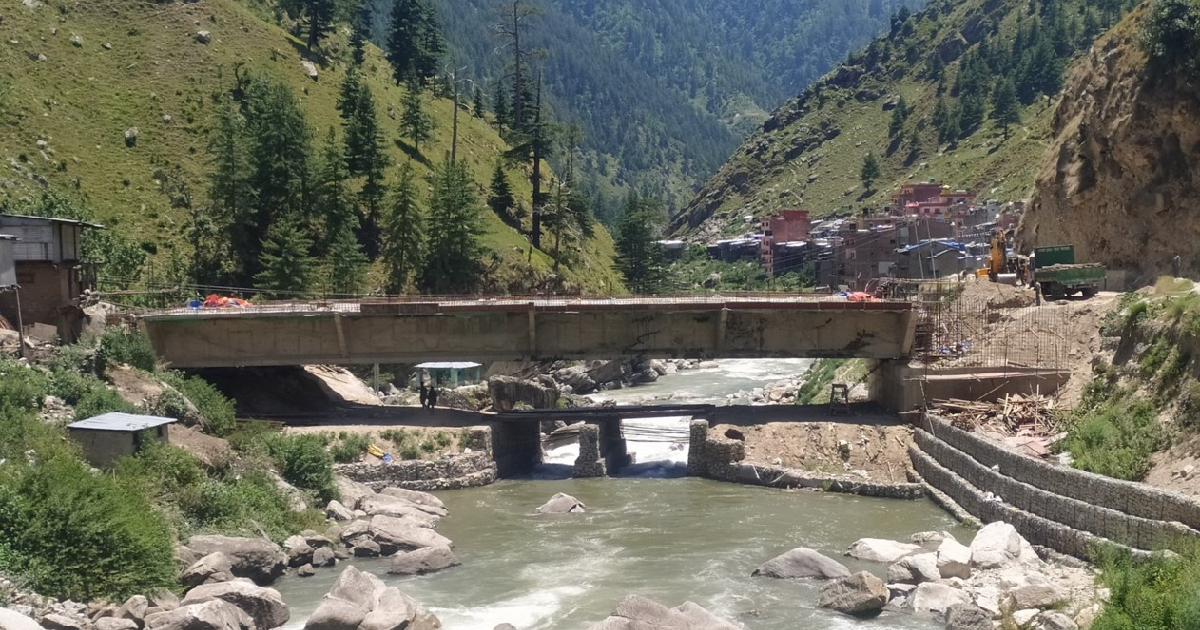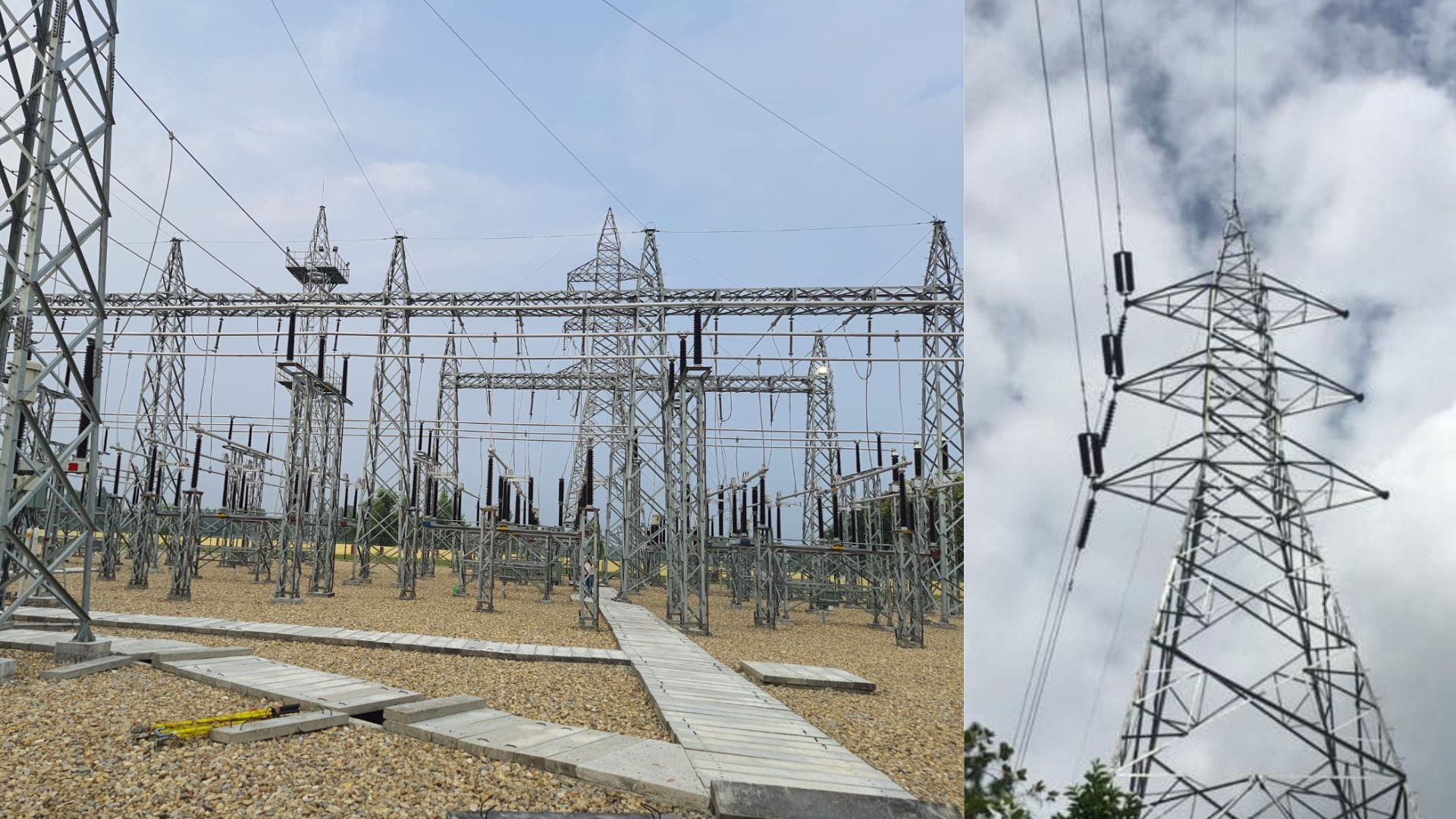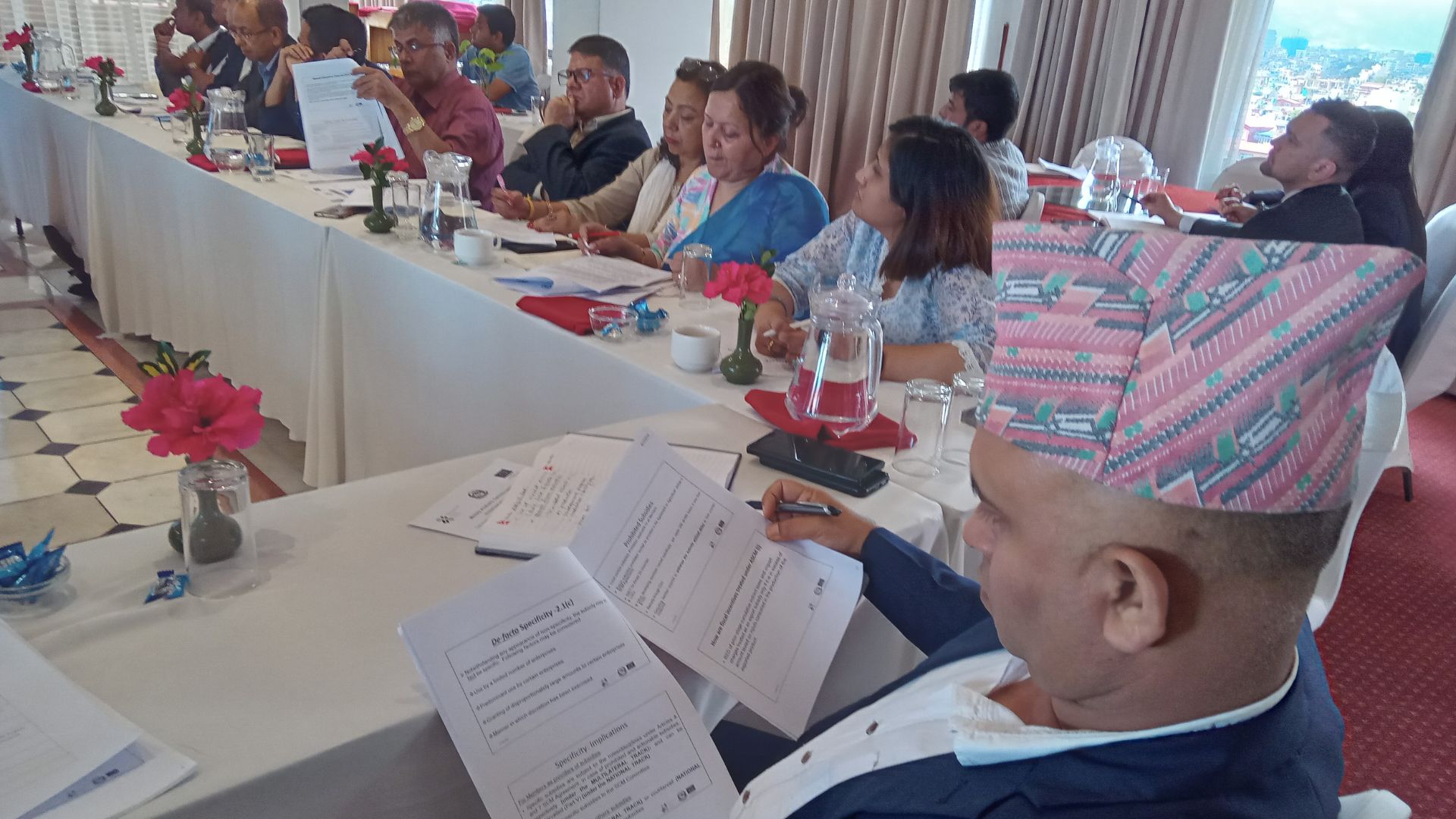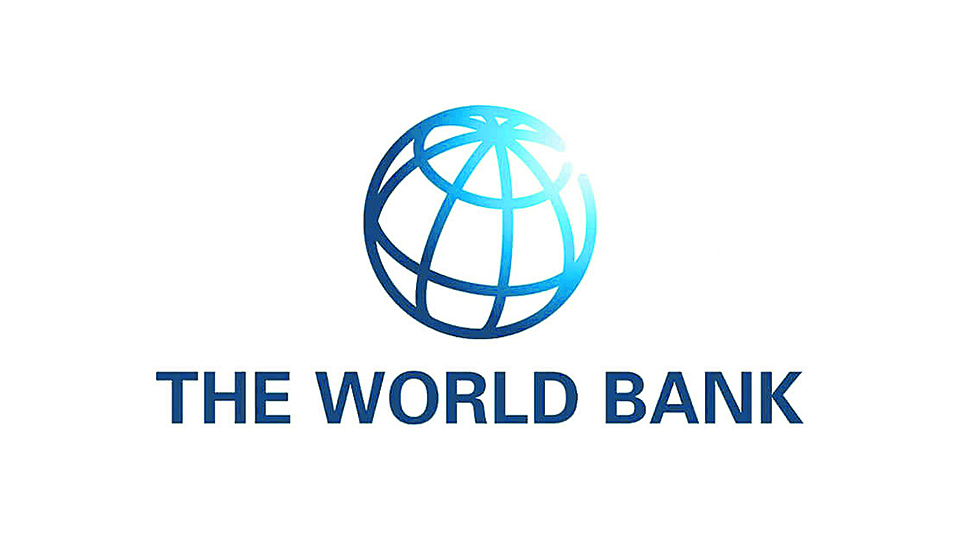
KATHMANDU: The Sinja River bridge connecting Kalikot with Jumla in Karnali province is found to be technically defective. The Department of Roads (DoR) was forced to warn the public saying “it is risky to use the bridge”. At a discussion held in the Development and Technology Committee of the Federal Parliament, Arjun Jung Thapa, Director General of the DoR informed that they are preparing to send a team to study the causes of the bridge cracking. It is assumed that the bridge may have cracked because there was not enough concrete for the required capacity, or the problem may have occurred due to the structure shaking before the bridge was only tightened with wire.
The Sinja River bridge was constructed with the loan assistance of the World Bank. However, the construction of the bridge was not completed, overshooting the deadline set by the World Bank for loan utilization. Then Nepal government stepped in to arrange the fund for the 40-meter bridge. The bridge was designed by the DoR and developed by Surya Constructions Company. The technicians of the DoR said there is no option but to rebuild the bridge by completely demolishing the existing structure. “DoR will not bear any additional cost over previous contract amount as it is a responsibility to arrange total fund for the reconstruction of the bridge,” said an official at DoR.
That case is not isolated. There are dozens of such cases every year which are unreported. Thapa says that the bridge cannot be technically accepted as it developed a number of cracks. Similar problems occur on about two dozen bridges every year. “If the latest technology is developed such problems can be overcome,” said Thapa. If so, why are the bridges under construction developing cracks?
According to experts, some technical reasons such as defaults in the process of piercing holes for pillars, unfavorable weather during construction, and weak foundation structures are responsible for creating such cracks on the bridges.
What is the solution?
At present, the technique of preparing the bridge frame (structure) outside the bridge construction site and taking the bridge to the required place by crane has been introduced. However, that technology is not yet available in Nepal. Currently, there is no such heavy crane in Nepal to carry the beam of the bridge site. If necessary, it has to be brought from India.
During the construction of the bridge, the risk will be reduced if the transferable structure of the bridge is prepared by spending 28 days in a comfortable place so that it can be transported to the site for erection. According to Thapa, if such technology is available in Nepal, it can be done even during the rainy season.
In addition, every year the bridge cracks before the completion of construction or when it reaches the final stage of construction, that problem and risk could have been avoided. Not only this, but because the bridge is cracked, the country has to spend time and money. It is possible to get rid of it and benefit both the developers and the government. “Consumers are also those who will benefit most from the new technology with the construction of a bridge in time,” said Thapa.









